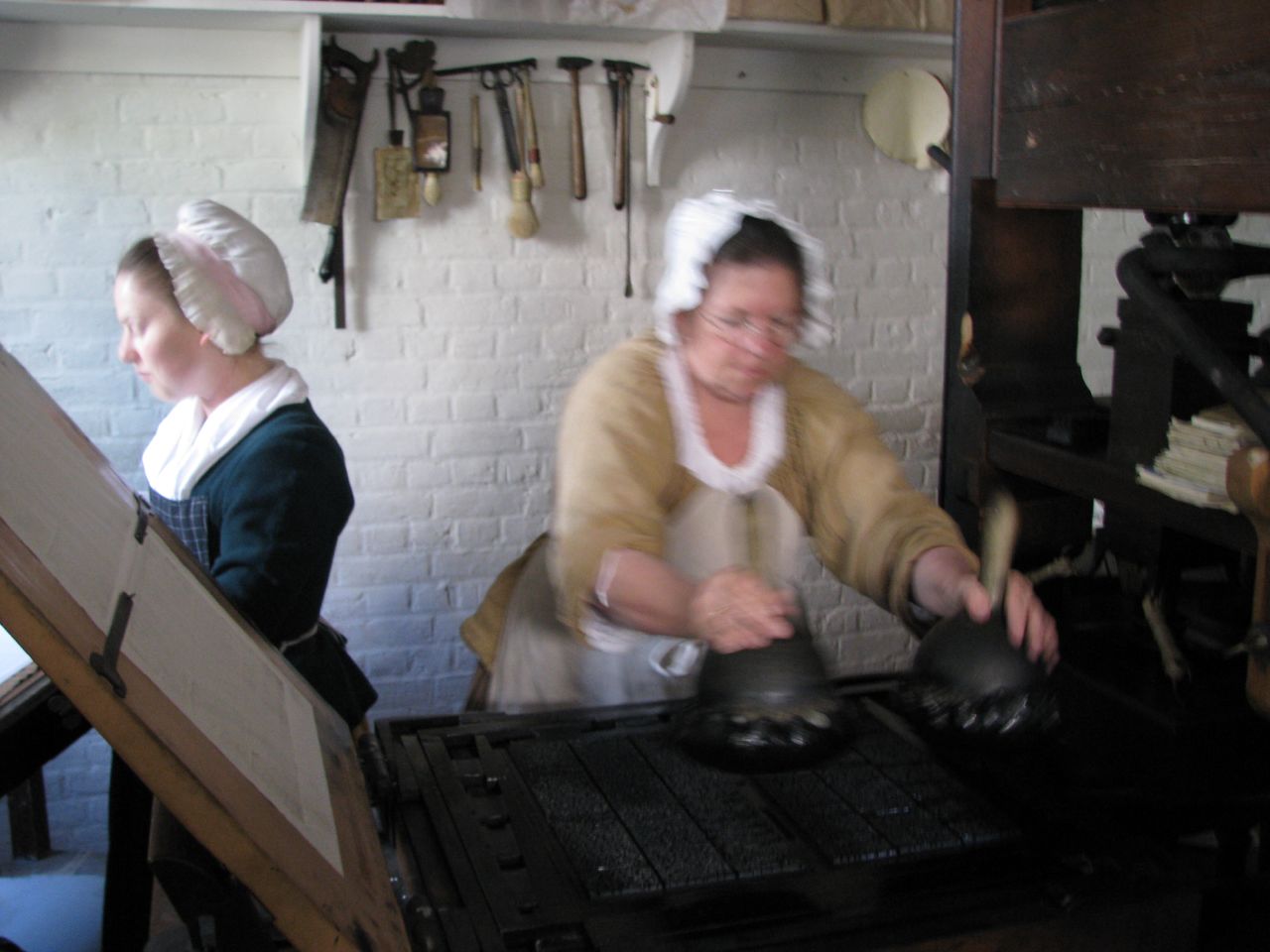|
Maria Wankijf
Maria Wankijf née ''Matras'' (d. ''after'' 1705) was a Swedish printer and publisher .Berger, Margareta, Pennskaft: kvinnliga journalister i svensk dagspress 1690-1975, Norstedt, Stockholm, 1977 She managed the printing shop ''N. Wankijfs Enka'' ('Wankijf Widow'), ''Salig Wankijfs Enkas'' ('Departed Wankijf Widow') or ''Kongl Wankijfska Tryckeriet'' ('Royal Wankijf Print') between 1689 and 1705. She also printed the newspaper ''Ordinarie Stockholmiske Posttijdender'' ('General Stockholm Postal News') from 1690 to 1695. Maria Wankijf was the daughter of the teacher Daniel Matras from France. She married first to the Royal Swedish Printer Georg Hantsch (1623–1668), and in 1669 to the employee and successor of her spouse, the royal printer Nils Wankijf (d. 1689). Upon the death of her second spouse, she inherited his printing privilege and took over the business herself. It appears that she did not merely print the ''Ordinarie Stockholmiske Posttijdender'' but also published it, w ... [...More Info...] [...Related Items...] OR: [Wikipedia] [Google] [Baidu] |
List Of Women Printers And Publishers Before 1800
The list of women printers and publishers before 1800 include women active as printers or publishers prior to the 19th century. Before the printing press was invented, books were made from pages written by scribes, and it could take up to a year or two for a book to be completed. Books were a luxury mainly for religious scholars and the upper class. Johannes Guttenberg invented the printing press around 1450, which allowed for mass production of books. Having books become more widely available meant that the masses had access to information that they might not get otherwise, but threatened the authority of the state. Some printers had their works censored and may have been jailed for disseminating information of which the state did not approve. Printing required setting type, which could be arduous, and running the press, which was heavy, as well as bookbinding. Although running the press was considered too physically difficult, many women were able to do all the jobs required t ... [...More Info...] [...Related Items...] OR: [Wikipedia] [Google] [Baidu] |
17th-century Printers
The 17th century lasted from January 1, 1601 ( MDCI), to December 31, 1700 ( MDCC). It falls into the early modern period of Europe and in that continent (whose impact on the world was increasing) was characterized by the Baroque cultural movement, the latter part of the Spanish Golden Age, the Dutch Golden Age, the French ''Grand Siècle'' dominated by Louis XIV, the Scientific Revolution, the world's first public company and megacorporation known as the Dutch East India Company, and according to some historians, the General Crisis. From the mid-17th century, European politics were increasingly dominated by the Kingdom of France of Louis XIV, where royal power was solidified domestically in the civil war of the Fronde. The semi-feudal territorial French nobility was weakened and subjugated to the power of an absolute monarchy through the reinvention of the Palace of Versailles from a hunting lodge to a gilded prison, in which a greatly expanded royal court could be more easil ... [...More Info...] [...Related Items...] OR: [Wikipedia] [Google] [Baidu] |
17th-century Swedish Businesspeople
The 17th century lasted from January 1, 1601 ( MDCI), to December 31, 1700 ( MDCC). It falls into the early modern period of Europe and in that continent (whose impact on the world was increasing) was characterized by the Baroque cultural movement, the latter part of the Spanish Golden Age, the Dutch Golden Age, the French ''Grand Siècle'' dominated by Louis XIV, the Scientific Revolution, the world's first public company and megacorporation known as the Dutch East India Company, and according to some historians, the General Crisis. From the mid-17th century, European politics were increasingly dominated by the Kingdom of France of Louis XIV, where royal power was solidified domestically in the civil war of the Fronde. The semi-feudal territorial French nobility was weakened and subjugated to the power of an absolute monarchy through the reinvention of the Palace of Versailles from a hunting lodge to a gilded prison, in which a greatly expanded royal court could be more easil ... [...More Info...] [...Related Items...] OR: [Wikipedia] [Google] [Baidu] |


